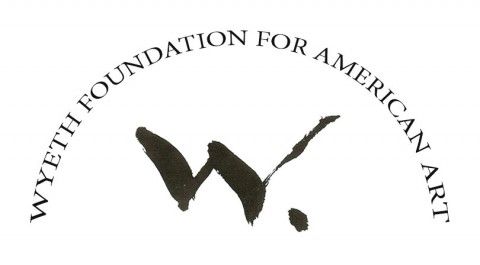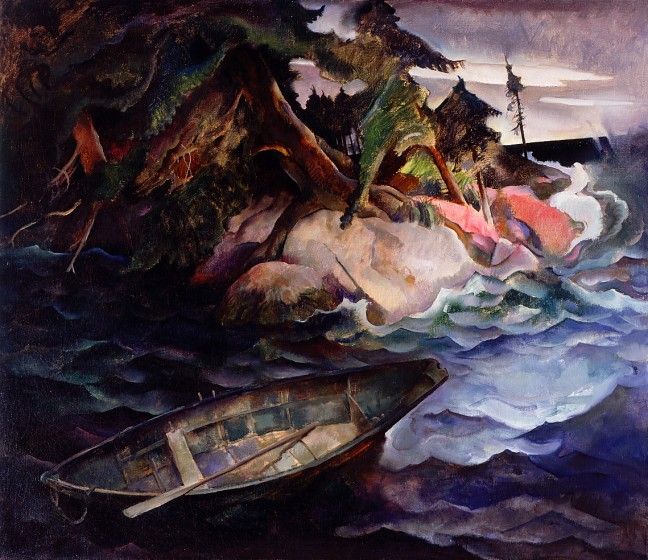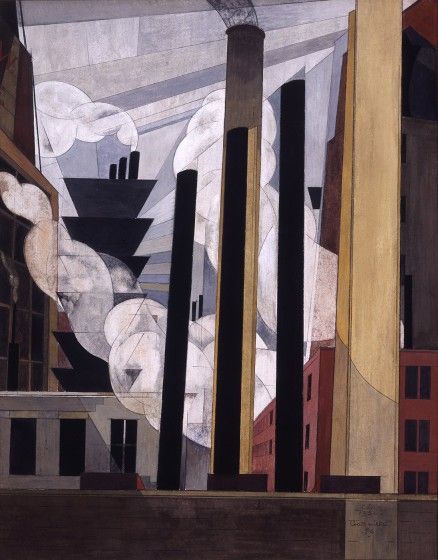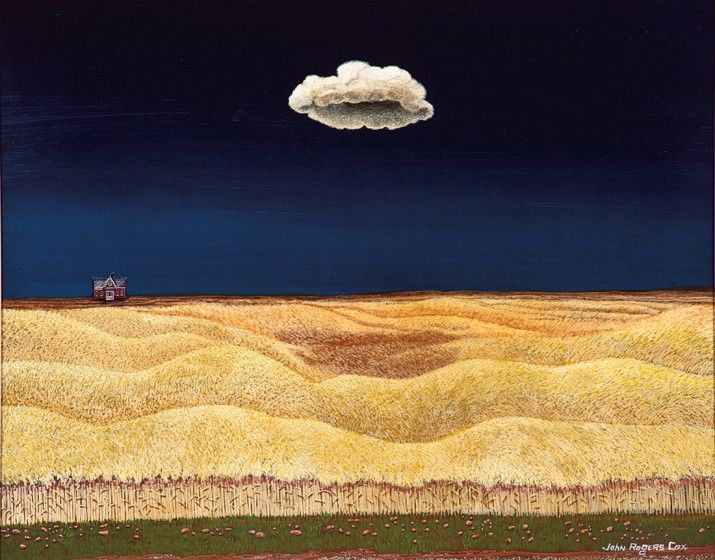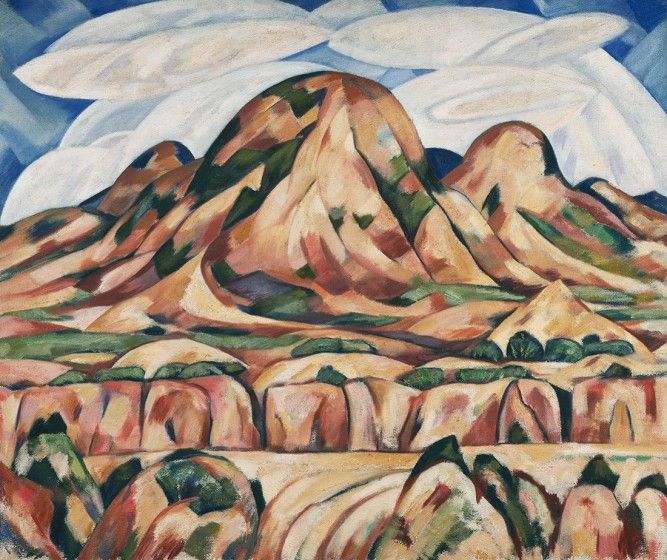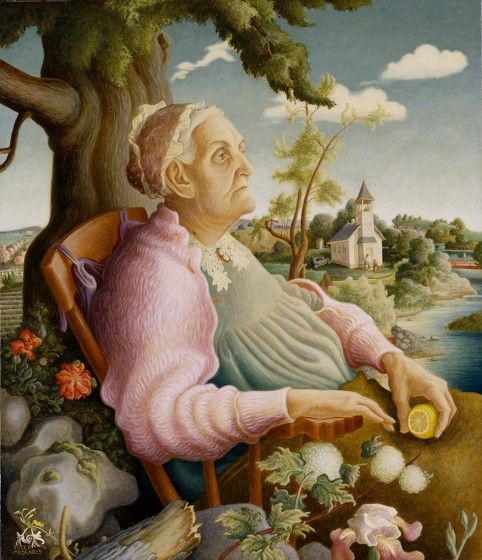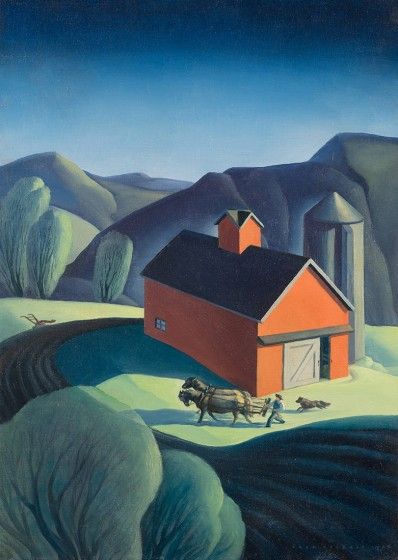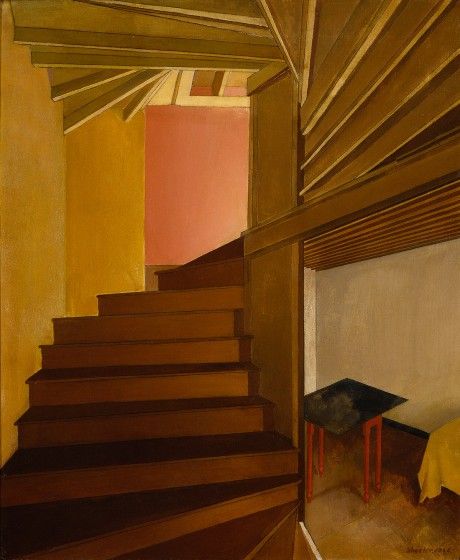Rural Modern explores the adaptation of modernist styles to subject matter associated with the American countryside.
Treatments of coastal New England, small-town Pennsylvania, Midwestern farms, and other rural regions of the country illustrate the dispersal of canonical modernist styles such as Cubism and Fauvism, as well as the translation of these idioms into an American vernacular modernism. Comprised of nearly 70 works mainly completed between the world wars, Rural Modern investigates the incursion and gradual acceptance of modernist tropes in the American provinces. Some of the artists included, such as Georgia O’Keeffe, were firmly entrenched in modernism before leaving the cities behind. Other artists, N.C. Wyeth for example, started out in more pastoral settings and traditional styles but came to adopt ever more experimental approaches.
Rural Modern is organized by Amanda C. Burdan, Associate Curator, and will be accompanied by an exhibition catalogue including insightful essays by Burdan and other noted scholars of American modernism.
This exhibition is supported by The Davenport Family Foundation and Morris and Boo Stroud. Support for the catalogue has been provided by the Wyeth Foundation for American Art.
